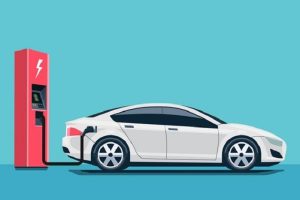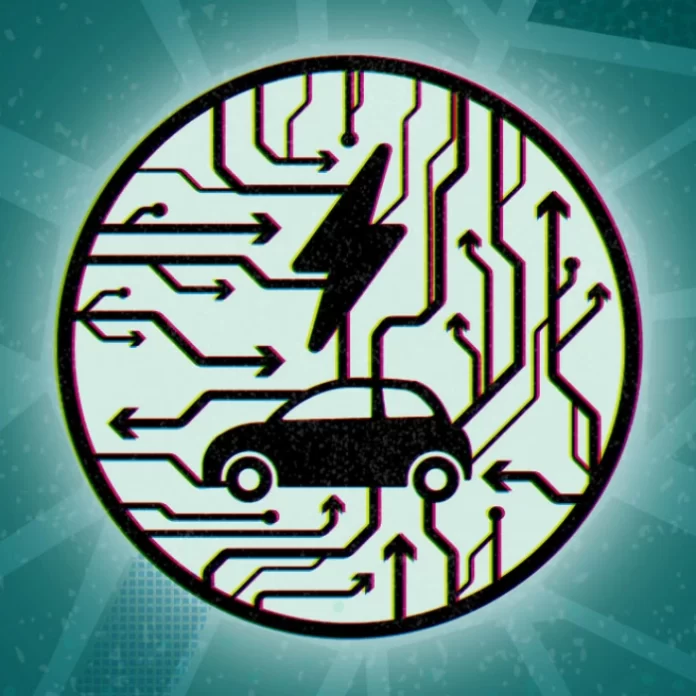The race to Vehicular Electrification is long underway and every country is moving at a different speed.
Sustainability in coming times will not be an easy ship to sail. Our reliance on fossil fuels has had an irreversible negative impact on the ecosystem and it will take more than just planting trees to make it work. Countries all over the world have contributed to the catastrophe and are now bringing about changes to help fight the disaster. The electric-car bandwagon is catching speed due to its zero-emission policy. We know what needs to be done, and we know how it will be done, now all that remains to be seen is when it will be done.
Every country has brought about significant changes in its policies to welcome electric vehicles into the market. Several subsidies and incentives are being offered to encourage people to make the electric switch. Some have taken the lead while some lack behind. Here’s a look at some of them and how India is coping with the electric addition to its automotive industry.
Singapore
In the latest budget announcements, they plan to phase out ICE (internal combustion engine) vehicles gradually and have all vehicles powered by clean energy by 2040. The Singapore government plans to expand the charging points in public spaces to 28,000 by 2030. The electric grid infrastructure supports the continuous energy supply during environmental calamities that may pose a hindrance to solar or wind power generation. Solar energy has achieved grid parity in terms of cost since 2014. Singapore has reduced import duties on electric vehicles and has increased the road tax on conventional vehicles to promote the adoption of EVs. The use of a certificate of entitlement to scale up the popularity of EVs where more than 95% of road vehicles are less than 10 years old. The authorities have also allowed the batteries to be sold separately, hence bringing down the cost of vehicles considerably.
China
The lead runner in the race to e-mobility is China. China is by far the world’s biggest manufacturer and consumer of electric vehicles, with sales of over one million a year. Its position in the battery market also remains superior as it’s hard to beat china on parameters of cost and it also covers the largest battery supply chain. The government’s aggressive policies for the development of the EV industry have put them ahead. According to BloombergNEF’s first Li-ion battery supply chain ranking, China has control over 80% of raw material refining, 77% of cell capacity, and 60% of the component manufacturing worldwide in 2020. China’s motorists are the buyers of half of all new EVs. Government subsidies and the wide availability of key ingredients like lithium, cobalt, graphite, and nickel empower China greatly.
Norway
Norway has the world’s largest fast-charging station which has the ability to charge 28 vehicles in one go in half hour. The country today has the highest number of privately-owned battery electric vehicles. Electric and hybrid cars make up half of the new vehicle registrations. The Norwegian government introduced incentives for the same in 1990. Norway has an extensive network of charging stations that are under expansion. Norway generates electricity from cheap hydropower which helps in the net reduction of GHG emissions. The import of conventional vehicles is strictly controlled through heavy import regimes and purchase taxes. The latest data from the country’s statistical agency shows that EVs drive more distance than cpnventional cars on an average.

Germany
Germany has been long spearheading the automotive culture and is no stranger to EVs. The German government has been promoting the development of alternative energy vehicles and charging infrastructure to contribute to improving ecological health. They’ve invested billions of euros in the electrification of vehicles through subsidies and incentives. Today more than 50 million cars and 3.4 million trucks are running on German roads. Tesla’s planned Giga factory in Berlin will further accelerate the electric car revolution. At present, 29 different models of EVs by German manufacturers are running successfully with around 9000 charging points.
USA
Though the government has laid out heavy plans to boost the mass adoption of electric vehicles, the people aren’t much eager to do the same. With only 1.8% of the 17 million cars sold in a year being electric, the transition is at a much slower rate than in other countries. Despite of the incentives and subsidies, the regulatory push hasn’t been up to the mark. The lack of widespread charging infrastructure doesn’t contribute to the already lagging figures. Tesla dominates the EV market but recent incidents of fire breakouts at charging stations have bought in negative publicity. Battery technologies in the USA face several technical, economic, and social barriers, limiting their penetration.
India
The government of India aims to have 30% of vehicles on the Indian roads to be electric by 2030. High costs, lack of adequately built charging infrastructure, and less awareness don’t seem to contribute to help in this plan. India is trying to ramp up the EV sales so that the demand for importing crude oil comes down and that money can be used to develop the charging infrastructure but the road is a long one. India needs to spend money on R&D so that affordable EVs can be rolled out in the coming times. Experts estimate that around 2.9 million public chargers would be needed to meet the demands of the population that will be driving the electric vehicles. The government has rolled out various supply and demand-side incentives to make people more aware.
We are nowhere near the electric car’s potential. A lot has been done and a lot remains to be done. The future of electric cars has arrived and they will be a success only if a proper development model is rolled out.









